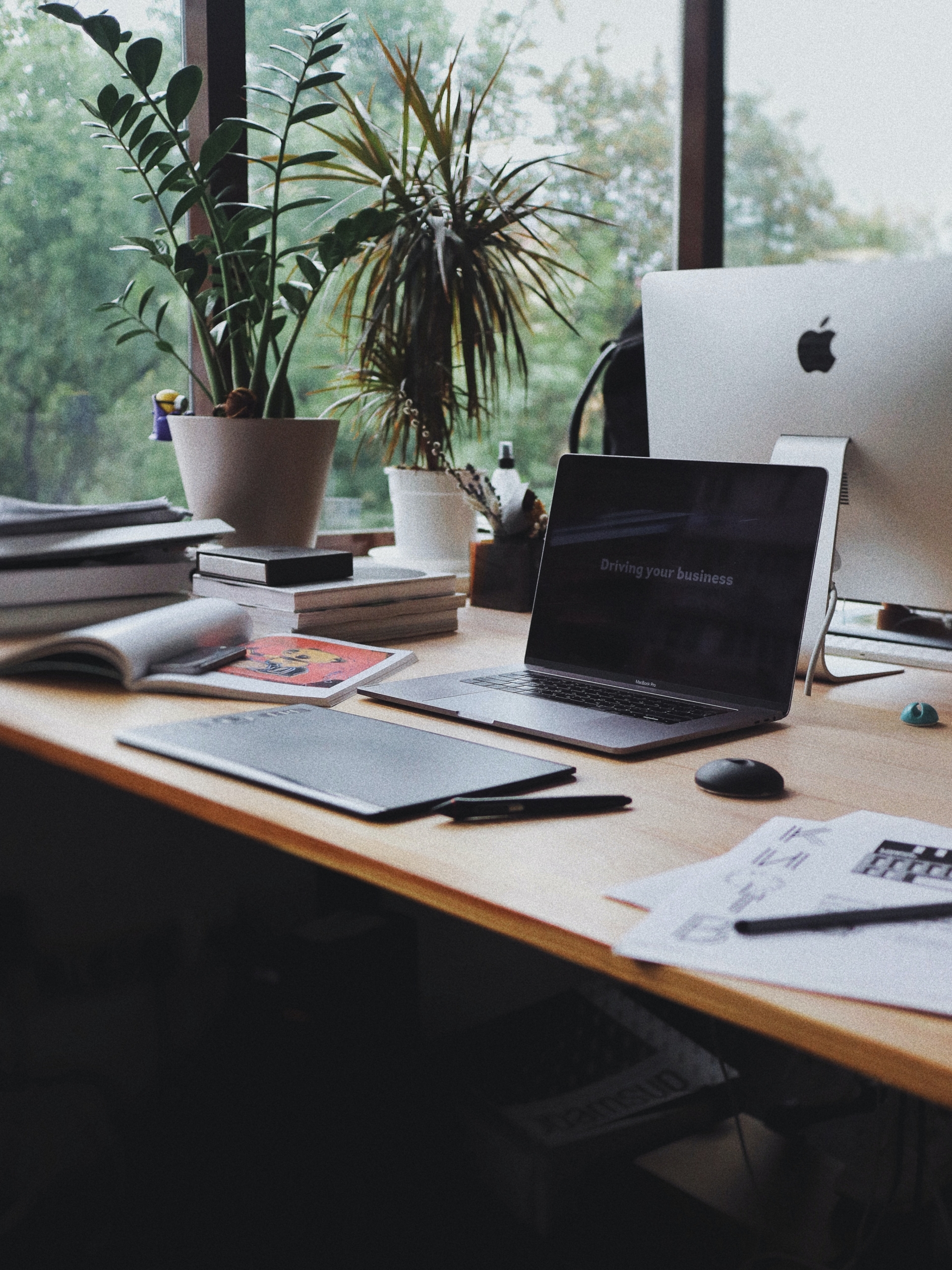When a visitor lands on a website, it’s the layout that first greets them, guiding their journey from one element to the next. The design of this digital landscape is no random act; it’s steeped in psychological principles. Web design companies apply these principles to create layouts that are not just visually appealing, but also engineered to maximize visitor retention and engagement.
Leveraging Gestalt Principles for Cohesion
The Gestalt principles of perception—similarity, proximity, continuity, and closure—are key tools in a web designer’s kit. A web design Auckland company uses these principles to organize content in a way that the human brain naturally finds appealing and comprehensible. By grouping related items together, creating patterns, and leading the eye with a clear direction, designers can create a sense of order that makes visitors more likely to stay and explore.
The F-Layout: Reading Patterns Dictate Design
Eye-tracking studies have revealed that users often scan web pages in an ‘F’ pattern, reading across the top, then down, and across again. A web design company utilizes this knowledge to place important information and calls-to-action along these natural reading lines. By aligning with the typical user’s scanning behavior, the layout becomes intuitive, reducing the cognitive load on visitors and thereby increasing the likelihood of retention.
Color and Emotional Triggers
Color is a powerful psychological trigger that can affect mood and behavior. A web design company will carefully select a color palette that not only represents the brand but also elicits the desired emotional response from visitors. Warmer colors might be used to stimulate action, while cooler tones might create a calming effect. The strategic use of color within a layout can keep visitors on the page longer and encourage them to take action.
Whitespace: The Power of Strategic Emptiness
Far from being wasted space, whitespace—or negative space—is a critical component of a well-designed layout. It gives the content room to breathe, reducing clutter, and focusing the visitor’s attention on the most important elements. A web design company uses whitespace to create a hierarchy of information that is easy to navigate, enhancing user experience and encouraging prolonged engagement with the site.
Interactive Elements to Spark Engagement
Interactive elements such as buttons, links, and animations can transform a static layout into an engaging experience. A web design company incorporates such elements thoughtfully, ensuring they are purposeful and enhance the visitor’s journey without being distracting. When users interact with these elements, they are more invested in the content, which can lead to increased retention and conversion rates.
Consistency Breeds Familiarity
Consistent design across pages creates a sense of familiarity for the user. A web design company ensures that elements such as fonts, color schemes, and navigation structures are uniform throughout the site. This consistency reduces the learning curve for new visitors and makes the experience more predictable and comfortable, promoting longer stays and frequent returns.
In conclusion, the psychological underpinnings of website layouts are a critical consideration for any web design company looking to maximize visitor retention. By understanding and implementing Gestalt principles, accommodating natural reading patterns, using color strategically, leveraging the power of whitespace, creating interactive elements, and ensuring consistency, web designers can craft layouts that not only capture attention but also hold it, transforming casual visitors into loyal users.

